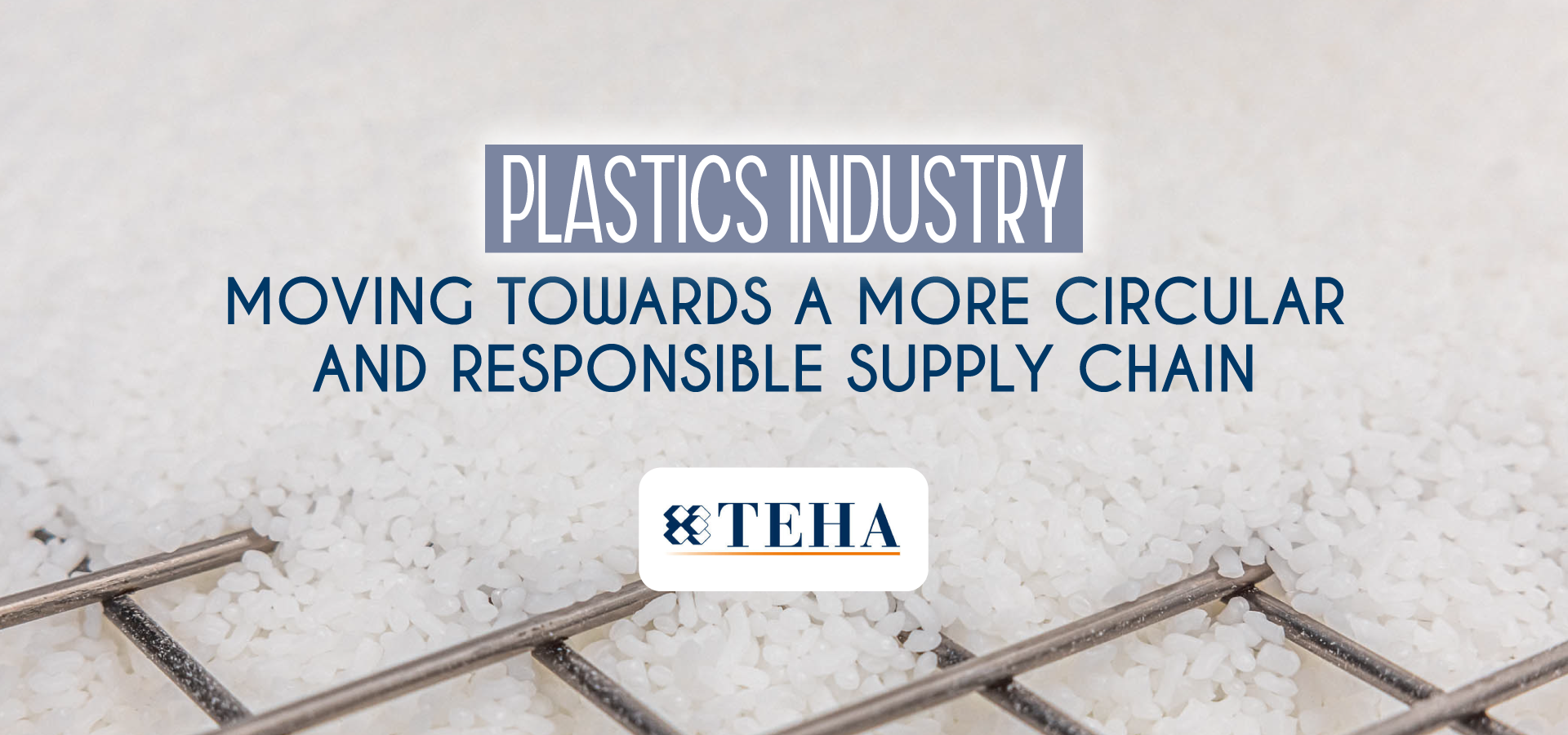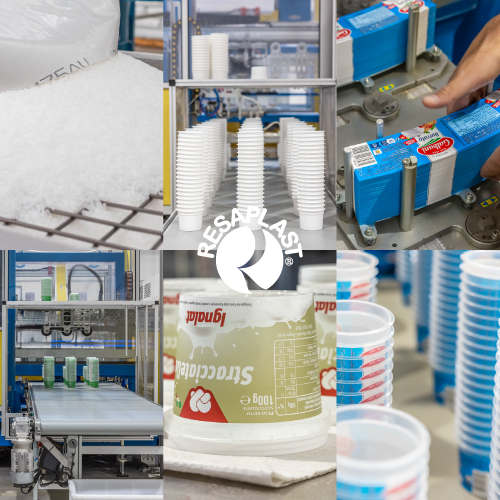

The Italian plastics industry is a strategic pillar of the national manufacturing sector, with a turnover of 58.4 billion euros and over 164,000 employees, ranking second in Europe after Germany.
According to a study by TEHA Group, the industry contributes 4.9% to the total of the manufacturing sector and is driven primarily by the transformation segment, which generates 74.7% of the industry’s total revenue.
Plastic stands out for its lightness, chemical and mechanical resistance, mouldability, insulating properties, durability, competitive costs, and high performance across multiple applications. These characteristics make it indispensable in strategic sectors such as the food industry, where it plays a crucial role in ensuring hygiene and food safety, microbiological protection, and food insulation. That’s why at Resaplast, we use polypropylene (PP) as the raw material for our food packaging, ensuring outstanding performance in preserving a wide range of foods and full compliance with food safety requirements.
The TEHA Group study highlights how, in recent years, the sector has faced major challenges linked to stricter regulations (SUP, ESPR, PPWR) and growing attention to sustainability and circularity. Today, the real challenge is not only to produce high-performance packaging, but to rethink the entire life cycle of plastics, from sourcing to end-of-life. For companies in the sector, this means reconfiguring processes and business models while remaining competitive in an international context where non-EU competitors often operate under less stringent requirements. This underscores the need for a stable regulatory framework, with adequate transition periods and effective support tools for businesses.
However, the green transition also represents an opportunity, encouraging the adoption of circular and recyclable materials, the optimization of production processes, and industrial innovation. At Resaplast, we have chosen to anticipate change by focusing on two main aspects: the use of mono-material polypropylene, fully recyclable and designed to re-enter circular economy flows, and the reduction of environmental impact through low-energy-consumption plants and processes that optimize resource use.
According to TEHA Group, increasing plastics waste recovery capacity and promoting circularity in the supply chain requires a combination of mechanical, chemical, and organic recycling. Currently, mechanical recycling covers around 30% of plastics waste, but not all materials can be treated with this technology. Integrating chemical and organic recycling could raise the overall recycling rate, recovering up to 80% of plastics waste by 2040. At Resaplast, we support this vision through a zero-waste production model, working with key partners in the recycling chain who are specialized in reconditioning for secondary raw material production, to which we provide our processing scraps, while designing packaging that is easy to separate, recycle, and reintegrate into new production cycles.
The report also identifies another strategic point for the sector’s transition: strengthening circularity from the earliest stages of design and production to prevent waste generation at the source. Our company applies eco-design principles: Resaplast packaging is mono-material, modular, reusable, robust, durable, and free of difficult-to-treat components, designed for multiple life cycles.
TEHA’s analysis identifies several key levers to accelerate the sector’s green transition: incentives for green technologies and advanced recycling plants, strengthening of collection and recycling infrastructure, development of new materials, availability of high-quality recycled raw materials, and a stable regulatory framework.
The future of plastics in Italy therefore depends on the ability to combine competitiveness, innovation, and circularity. In a context where plastic remains irreplaceable for many applications, the real challenge is not to replace it — but to rethink it.
Resaplast demonstrates that it is possible to turn plastic into a driver of sustainable growth, offering packaging that protects food while contributing to a more efficient, responsible, and sustainable supply chain.


